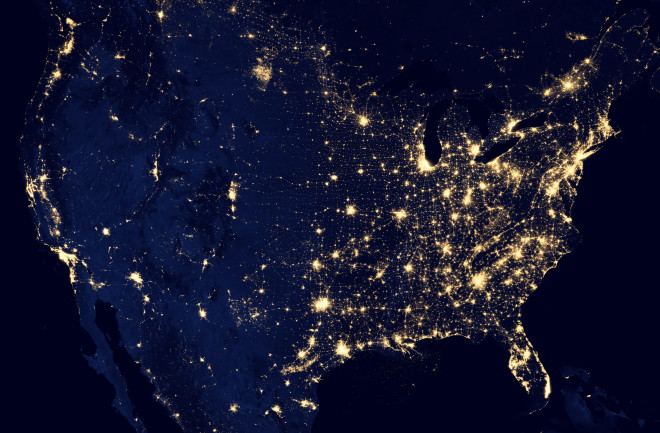(Credit: NASA/Wikimedia Commons) This week, at the 35th International Geologic Conference in South Africa, members of a working group recommended that the Anthropocene be officially recognized as the latest geologic epoch. This would mark a transition from the Holocene, which began almost 12,000 years ago at the end of the last Ice Age, and the beginning of the "age of humans."
Welcome to the Anthropocene, the First Human Epoch

Newsletter
Sign up for our email newsletter for the latest science news
0 free articles left
Want More? Get unlimited access for as low as $1.99/month
Stay Curious
Sign up for our weekly newsletter and unlock one more article for free.
View our Privacy Policy
Want more?
Keep reading for as low as $1.99!
Already a subscriber?
Find my Subscription
More From Discover
Stay Curious
Subscribe
To The Magazine
Save up to 40% off the cover price when you subscribe to Discover magazine.
Copyright © 2025 LabX Media Group
